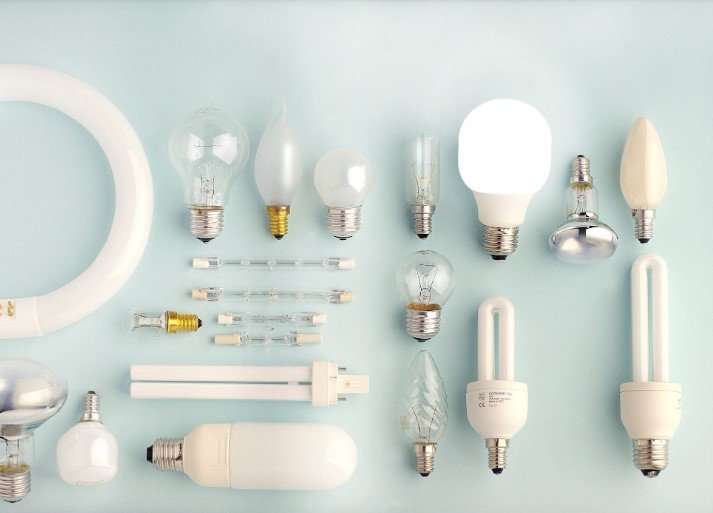When it comes to lighting your home or office, understanding the different types of light bulb available is essential. Each type offers unique benefits, and selecting the right one can enhance your space’s ambiance and functionality. In this guide, we’ll explore various types of light bulb, their characteristics, and how to choose the best one for your needs.
Incandescent Bulbs: The Traditional Choice
Incandescent bulbs are the classic types of light bulb that most people are familiar with. They work by heating a filament until it glows, producing light. These bulbs emit a warm, yellowish light, creating a cozy atmosphere. However, they are not the most energy-efficient option, converting only about 10% of energy into light, with the rest lost as heat. Their lifespan is also relatively short, averaging around 1,000 hours.
Halogen Bulbs: Enhanced Efficiency
Halogen bulbs are a more efficient variant of incandescent lighting. They contain halogen gas, which allows the filament to operate at a higher temperature, producing a brighter light. These bulbs offer improved energy efficiency and a longer lifespan compared to standard incandescent bulbs. They emit a bright, white light, making them suitable for task lighting. However, they can become very hot during operation, so caution is advised.
Fluorescent Bulbs: Energy-Saving Option
Fluorescent bulbs are another popular choice among types of light bulb. They consist of a glass tube filled with mercury vapor and phosphor powder. When electricity passes through the gas, it emits ultraviolet light, which then excites the phosphor, producing visible light. These bulbs are more energy-efficient than incandescent bulbs, using about 75% less energy and lasting up to 10 times longer. They provide a cool, white light, suitable for offices and commercial spaces. However, they contain mercury, requiring careful disposal.

Compact Fluorescent Lamps (CFLs): Space-Saving Design
CFLs are a compact version of fluorescent bulbs, designed to replace incandescent bulbs in existing fixtures. They offer the same energy efficiency benefits as standard fluorescent bulbs but in a smaller, spiral design that fits into most light sockets. CFLs consume less power and have a longer lifespan than incandescent bulbs. They emit a soft, white light, suitable for general lighting purposes. Like fluorescent bulbs, they contain mercury and should be disposed of properly.
Light Emitting Diodes (LEDs): Modern and Efficient
LEDs are the most advanced among types of light bulb. They use semiconductor technology to convert electricity directly into light, resulting in minimal heat production. LEDs are highly energy-efficient, consuming up to 80% less energy than incandescent bulbs and lasting up to 25 times longer. They provide versatile lighting options, available in various color temperatures and brightness levels. LEDs are suitable for a wide range of applications, from ambient lighting to task lighting. They are also environmentally friendly, containing no mercury.
High-Intensity Discharge (HID) Bulbs: Powerful Illumination
HID bulbs are used in applications requiring high light output, such as street lighting and stadiums. They include metal halide, high-pressure sodium, and mercury vapor bulbs. HID bulbs produce a bright, intense light and have a longer lifespan than incandescent bulbs. However, they require a warm-up period to reach full brightness and can be more expensive.
Choosing the Right Type of Light Bulb
Selecting the appropriate type of light bulb depends on several factors:
1.Energy Efficiency: If reducing energy consumption is a priority, LEDs and CFLs are the best options.
2.Lighting Quality: Consider the color temperature and brightness suitable for your space. For warm, inviting light, incandescent or halogen bulbs are preferable. For cooler, brighter light, fluorescent or LEDs are suitable.
3.Application: Different areas may require different lighting. For example, task lighting in kitchens or offices benefits from bright, focused light, while living rooms may require softer, ambient lighting.
4.Budget: While LEDs have a higher upfront cost, their longevity and energy savings can make them more economical in the long run.
By understanding the various types of light bulb and their characteristics, you can make an informed decision that enhances your space’s lighting while aligning with your energy efficiency goals and budget.

